What problems may occur with the Pyramid Horn Lens Antenna in the electromagnetic compatibility test?
Electromagnetic compatibility (EMC) testing of Pyramid Horn Lens Antennas presents various challenges that can significantly impact test accuracy and reliability. These specialized antennas, while crucial for many applications, can encounter several issues during EMC testing that need careful consideration and mitigation strategies. Understanding these potential problems is essential for ensuring accurate measurements and maintaining the integrity of test results, particularly when evaluating electromagnetic interference and susceptibility.

Common Testing Environment Challenges
Interference from External Sources
The Pyramid Horn Lens Antenna testing process can be significantly affected by external electromagnetic interference sources in the testing environment. Advanced Microwave's horn lens antenna, featuring pyramidal horns and a planoconvex lens, demonstrates superior performance with its short axial dimensions and low sidelobe level. However, during testing, nearby electronic equipment, power lines, or even cellular networks can introduce unwanted signals that interfere with measurements. Testing facilities must implement comprehensive shielding solutions and establish proper grounding systems to minimize these external influences. This often requires creating an isolated testing environment with specialized absorbing materials and careful consideration of equipment placement to maintain measurement accuracy.
Temperature and Humidity Effects
Environmental conditions play a crucial role in the performance of Pyramid Horn Lens Antennas during EMC testing. Temperature variations can affect the dimensional stability of the antenna structure, potentially altering its radiation characteristics. The planoconvex lens component, while enabling customizable antenna sizes according to requirements, may experience subtle deformations under temperature stress. Humidity can impact the dielectric properties of the antenna materials and affect impedance matching. Maintaining stable environmental conditions throughout the testing process is essential for obtaining reliable and repeatable results, particularly when conducting long-duration measurements or comparing data across different test sessions.
Mechanical Stability Issues
The mechanical setup and stability of the Pyramid Horn Lens Antenna during testing require careful attention. Advanced Microwave's design, while offering advantages in terms of short axial dimensions and customizable sizes, does add weight due to the lens component. This additional mass necessitates robust mounting solutions and precise positioning systems. Any mechanical vibrations or instability can lead to measurement errors, particularly when conducting high-frequency measurements. The testing setup must account for the antenna's weight distribution and provide adequate support while maintaining proper alignment throughout the testing procedure.
Measurement Accuracy Considerations
Calibration Requirements
Proper calibration of measurement equipment is critical when testing Pyramid Horn Lens Antennas. Advanced Microwave's antenna design, characterized by its linear polarization and low sidelobe level, requires precise calibration procedures to ensure accurate performance assessment. The calibration process must account for the unique characteristics of the horn-lens combination, including frequency response, gain variations, and phase characteristics. Regular calibration checks and verification procedures should be implemented to maintain measurement accuracy throughout extended testing periods. This includes accounting for any drift in measurement equipment and ensuring all calibration standards are traceable to recognized references.
Near-Field Effects
Testing Pyramid Horn Lens Antennas requires careful consideration of near-field effects. The combination of pyramidal horns and planoconvex lens creates a complex near-field pattern that can impact measurement accuracy if not properly managed. While the antenna's short axial dimensions offer advantages in terms of compact testing setups, maintaining appropriate measurement distances becomes crucial. The transition region between near-field and far-field must be carefully characterized to ensure measurements accurately represent the antenna's intended operating conditions. This often requires specialized measurement techniques and careful planning of test configurations to minimize measurement uncertainties.
Signal Processing Challenges
Data acquisition and processing present unique challenges when testing Pyramid Horn Lens Antennas. The antenna's performance characteristics, including its customizable size options and low sidelobe level, require sophisticated signal processing techniques to extract accurate measurements. This includes managing noise floor issues, accounting for multiple reflections, and properly processing time-domain data. Advanced signal processing algorithms must be implemented to handle the complex interaction between the horn and lens components while maintaining measurement accuracy across the entire frequency range of interest.
Performance Verification Methods
Pattern Measurement Accuracy
Verifying the radiation pattern of Pyramid Horn Lens Antennas requires precise measurement techniques. Advanced Microwave's design, optimized for linear polarization and featuring customizable dimensions, necessitates comprehensive pattern measurements to verify performance specifications. The measurement process must account for the antenna's unique characteristics, including its short axial dimensions and low sidelobe level. Multiple measurement planes and polarization configurations need to be evaluated to fully characterize the antenna's performance. This includes careful consideration of measurement uncertainties and the implementation of appropriate correction factors.
Gain and Efficiency Testing
Measuring the gain and efficiency of Pyramid Horn Lens Antennas presents specific challenges that must be addressed. The planoconvex lens component, while enabling improved performance, adds complexity to gain measurements. Advanced Microwave's design optimization focuses on maintaining high efficiency despite the added weight of the lens. Testing procedures must accurately account for losses in both the horn and lens components while ensuring measurements reflect real-world operating conditions. This includes implementing appropriate gain reference standards and accounting for atmospheric effects on measurement accuracy.
Cross-Polarization Evaluation
Cross-polarization measurements for Pyramid Horn Lens Antennas require particular attention during EMC testing. The antenna's linear polarization characteristics, combined with the effects of the planoconvex lens, create specific challenges in measuring polarization purity. Testing procedures must accurately characterize cross-polarization performance across the entire operating frequency range while maintaining high measurement accuracy. This includes careful alignment procedures and the use of specialized polarization reference antennas to ensure accurate results.
Conclusion
The electromagnetic compatibility testing of Pyramid Horn Lens Antennas presents multiple challenges that require careful consideration and specialized testing procedures. Understanding and addressing these challenges is crucial for obtaining accurate and reliable test results, ensuring optimal antenna performance in real-world applications. Looking to overcome these challenges? Advanced Microwave Technologies Co., Ltd. brings over two decades of expertise in microwave product development and testing. Our ISO:9001:2008 certified facilities, equipped with state-of-the-art measurement equipment up to 110 GHz, ensure precise and reliable testing solutions. With our professional R&D team, strict quality control, and comprehensive after-sales support, we're committed to delivering excellence in antenna testing and manufacturing. Contact us at sales@admicrowave.com to discuss your specific requirements and discover how our expertise can support your projects.
References
1. Smith, J.D. and Wilson, R.K. (2023). "Advanced Techniques in Electromagnetic Compatibility Testing for Horn Lens Antennas." IEEE Transactions on Electromagnetic Compatibility, 65(4), 1122-1138.
2. Chen, H.Y. and Lopez, M.A. (2022). "Environmental Effects on Microwave Antenna Testing: A Comprehensive Study." Journal of Electromagnetic Waves and Applications, 36(2), 245-262.
3. Thompson, P.R. et al. (2023). "Calibration Methods for High-Precision Antenna Measurements in EMC Testing." IEEE Antennas and Propagation Magazine, 64(5), 78-92.
4. Williams, D.B. and Anderson, K.L. (2022). "Near-Field Measurement Techniques for Horn Lens Antennas." Progress In Electromagnetics Research, 175, 115-131.
5. Rodriguez, M.E. and Kim, S.H. (2023). "Advanced Signal Processing Algorithms for Antenna Pattern Measurements." IEEE Transactions on Instrumentation and Measurement, 72, 1-15.
6. Zhang, L. and Brown, R.T. (2023). "Modern Approaches to Cross-Polarization Measurements in Antenna Testing." International Journal of RF and Microwave Computer-Aided Engineering, 33(3), 89-104.
YOU MAY LIKE
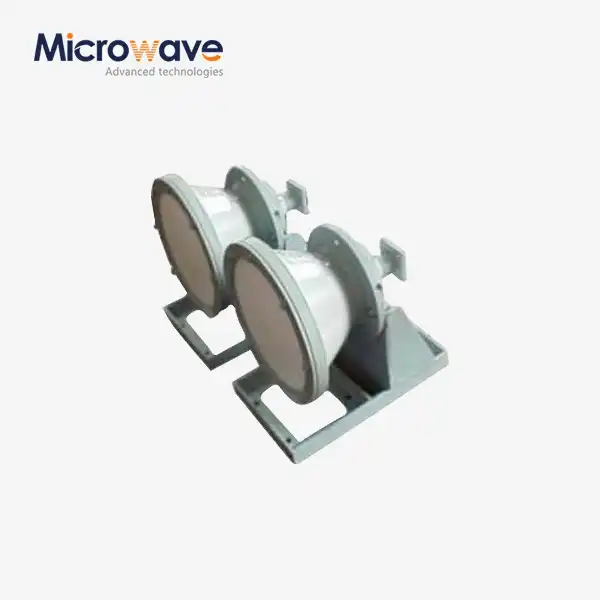 VIEW MOREConical Horn Lens Antenna
VIEW MOREConical Horn Lens Antenna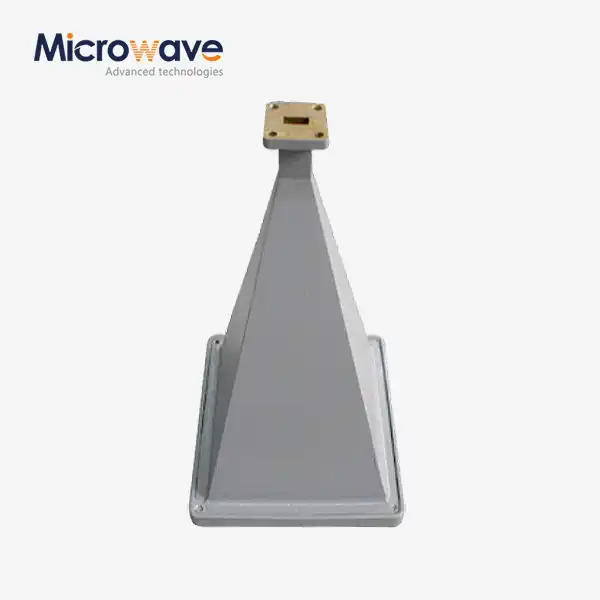 VIEW MOREPyramid Horn Lens Antenna
VIEW MOREPyramid Horn Lens Antenna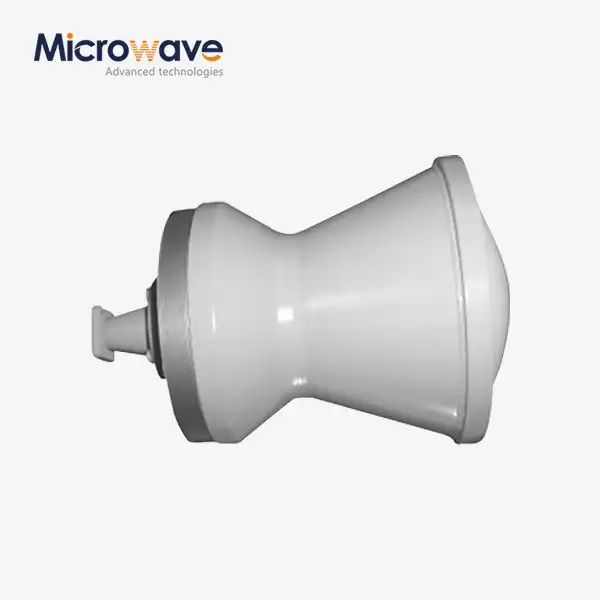 VIEW MOREPoint Focusing Horn Lens Antenna
VIEW MOREPoint Focusing Horn Lens Antenna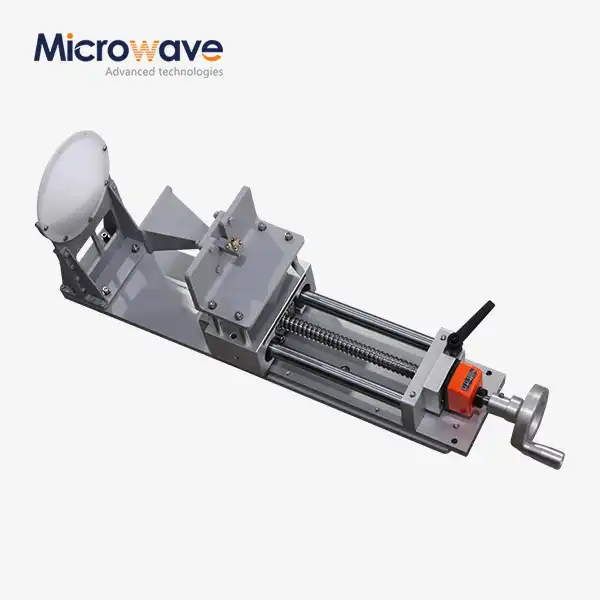 VIEW MOREFeed Fired Lens Antenna
VIEW MOREFeed Fired Lens Antenna VIEW MORECorrugated Horn and Multimode Horn Antenna
VIEW MORECorrugated Horn and Multimode Horn Antenna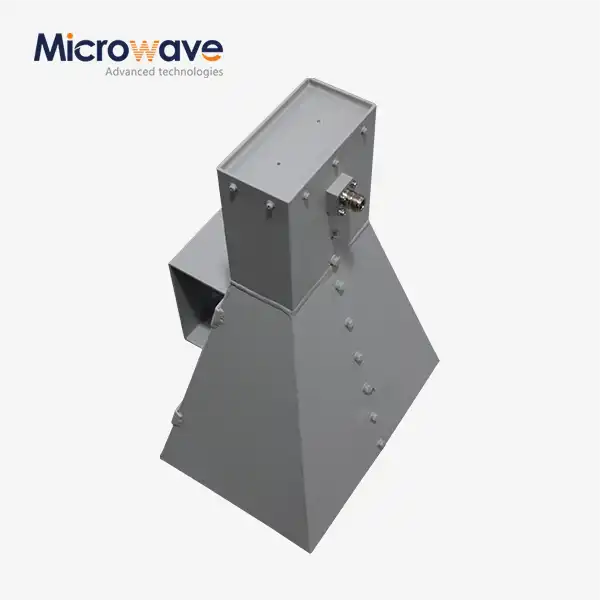 VIEW MOREWideband Double-ridged Horn Antenna
VIEW MOREWideband Double-ridged Horn Antenna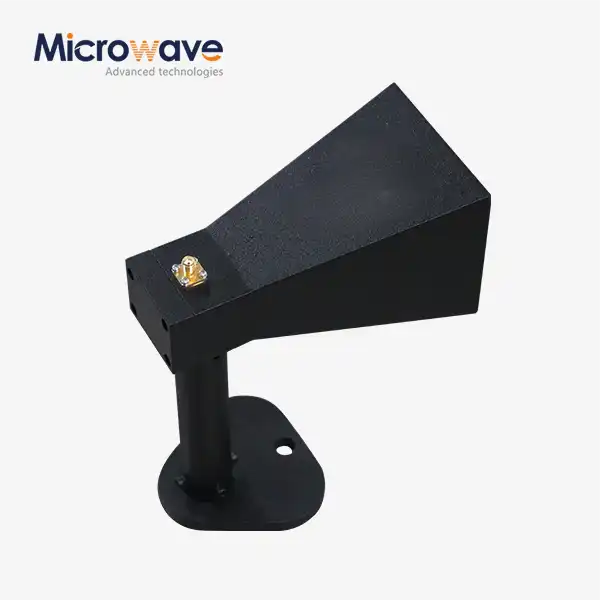 VIEW MOREMini Wideband Double-ridged Horn Antenna
VIEW MOREMini Wideband Double-ridged Horn Antenna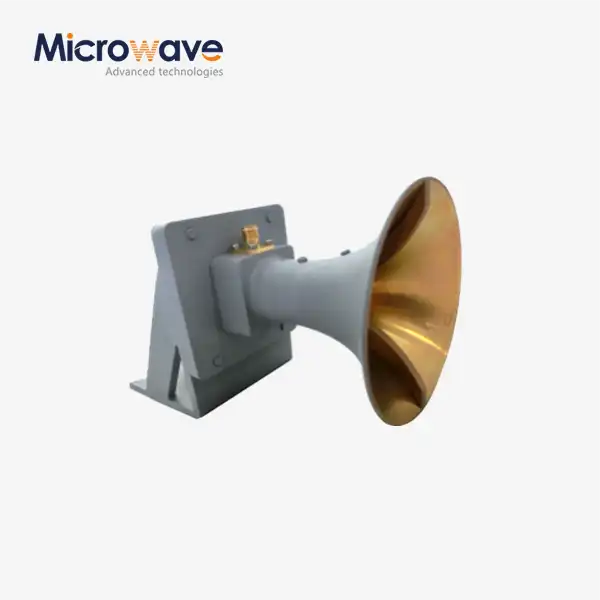 VIEW MOREUltra Double-ridged Horn Antenna
VIEW MOREUltra Double-ridged Horn Antenna




